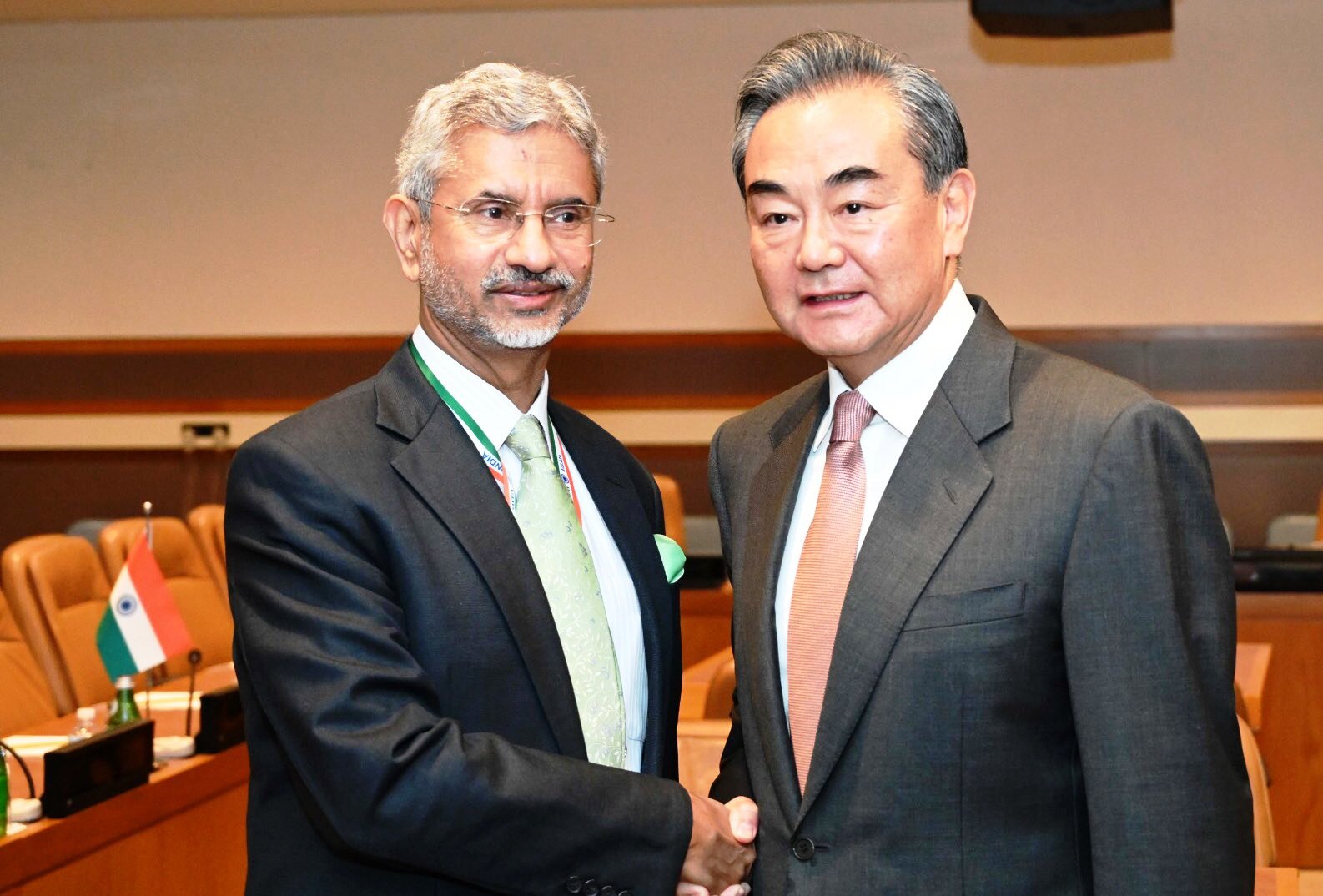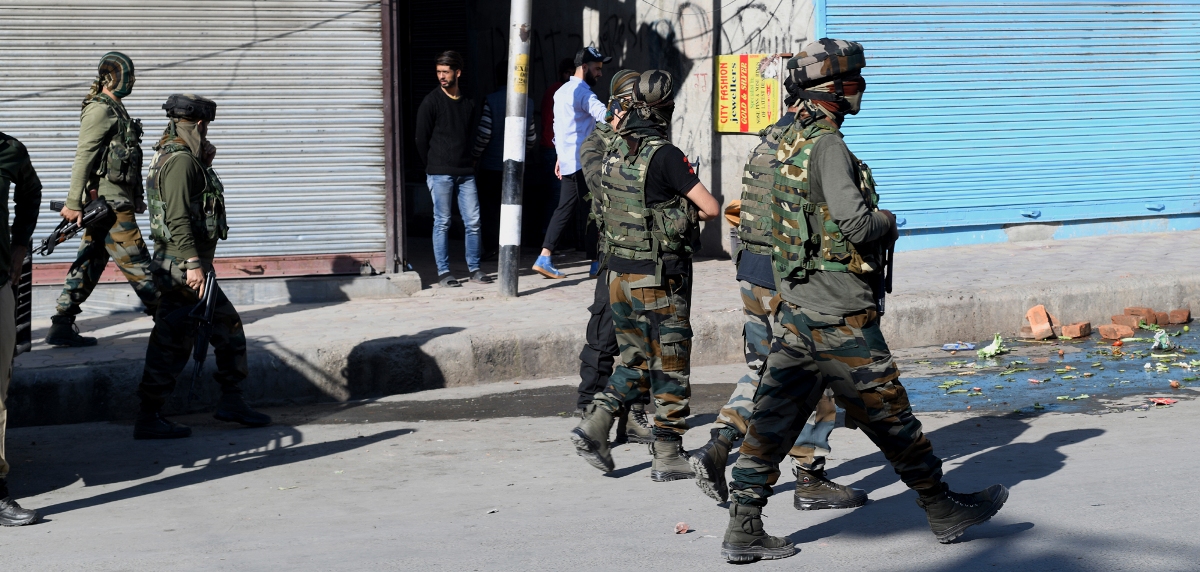SRINAGAR: The commanders of the rival armies facing each other in Ladakh are slated to have another round of talks on October 12. The talks will take place despite the US saying publicly that the negotiations are unlikely to help.

Ahead of Monday round of talks – the seventh so far, the high-powered China Study Group (CSG) met in Delhi on Friday to set the agenda. The CSG has defence minister Rajnath Singh, external affairs minister S Jaishankar, national security advisor Ajit Doval and Army chief General MM Naravane as members.
“India will again ask China to disengage its troops from all stand-off points in Eastern Ladakh,” reports appearing in the media said.
The seventh round of talks will be Lt Gen Harinder Singh, the Leh based 14 Corps Commander’s last sitting with his Chinese counterpart. Singh is shifting to head the Indian Military Academy (IMA) as Lt Gen PGK Menon will succeed him in Leh. In order to help the new commander to understand the situation, he will be also accompanying General Singh to the meeting. MEA is flying its representative Naveen Srivastava, the joint secretary (East Asia) to attend the Corps Commanders meeting.
In the sixth round of talks, on September 22, the two sides, according to the reports appearing in media, had agreed that they will stop sending more troops to the frontline, refrain from unilaterally changing the situation on the ground, and avoid taking any actions that may complicate the situation. Delhi has maintained its position that the Chinese army must pull out and restore status quo ante.
The talks between the commanders of the rival armies apart, there have been contacts and discussions at various levels between India and China.
India’s Foreign Minister, Dr S Jaishanker met his counterpart Wang Yi in Moscow on September 10, on the sidelines of the Shanghai Cooperation Organisation summit. They agreed on a five-point plan to defuse tensions between the countries and said the current situation in the border areas of Ladakh was “not in the interest of either side”.

Talks Not Helping
The talks are taking place in wake of a public statement made by Robert O’Brien, NSA to US President Donald Trump that “China tried to take control of the Line of Actual Control in Ladakh by force and that the time has come to accept that dialogue or agreements would not persuade Beijing to change.”
“The time has come to accept that dialogue and agreements will not persuade or compel the People’s Republic of China to change,” O’Brien was quoted as saying by the Press Trust of India. “There’s nothing to be gained from looking the other way or turning the other cheek. We’ve been doing that for far too long.”
The statement by O’Brien coincided with the statement by US Secretary of State Mike Pompeo’s revelation that China has deployed some 60,000 troops on the Indian border. The statement came after his return from the meeting of Quad countries in Tokyo. The Quad is an alliance of four major powerful democracies including the US, Japan, India and Australia.
“The Indians are seeing 60,000 Chinese soldiers on their northern border,” Pompeo told The Guy Benson Show in an interview after his return from Tokyo. There, he had met his Indian counterpart, Dr Jaishanker. “I was with my foreign minister counterparts from India, Australia, and Japan a format that we call the Quad, four big democracies, four powerful economies, four nations, each of whom has real risk associated with the threats imposed attempting to be imposed by the Chinese Communist Party. And they see it in their home countries too.”
Supply Stocking

KL Image: Special Arrangement
Reports reaching from Leh suggest that the army forces are busy stocking the supplies to feed and manage the troops being deployed over the heights across Leh facing the Chinese army. The frequency of the use of major transport planes has increased and supplies area also coming through the newly opened Atal Ruhtang tunnel that has reduced distances between Ladakh and the rest of India.















